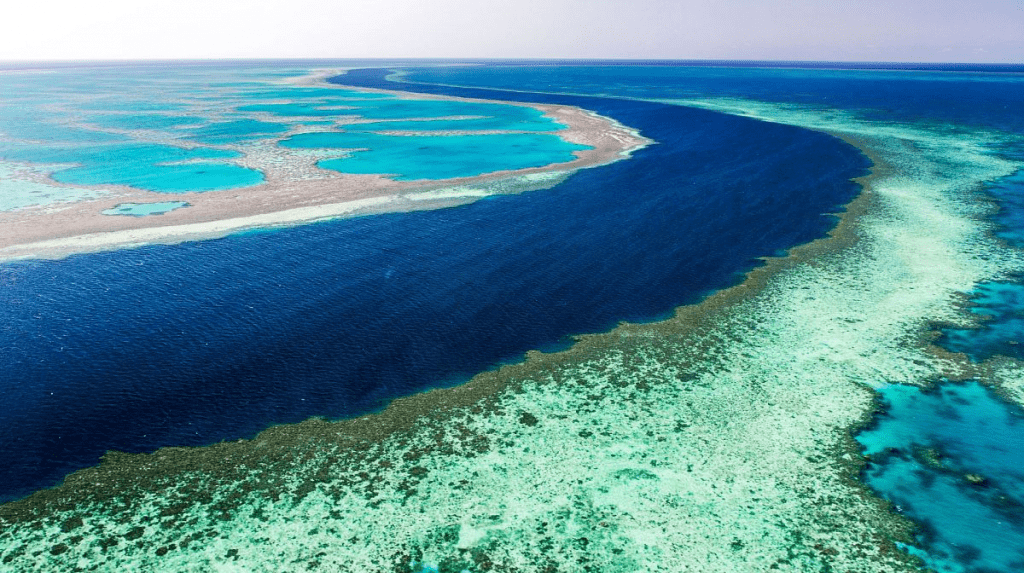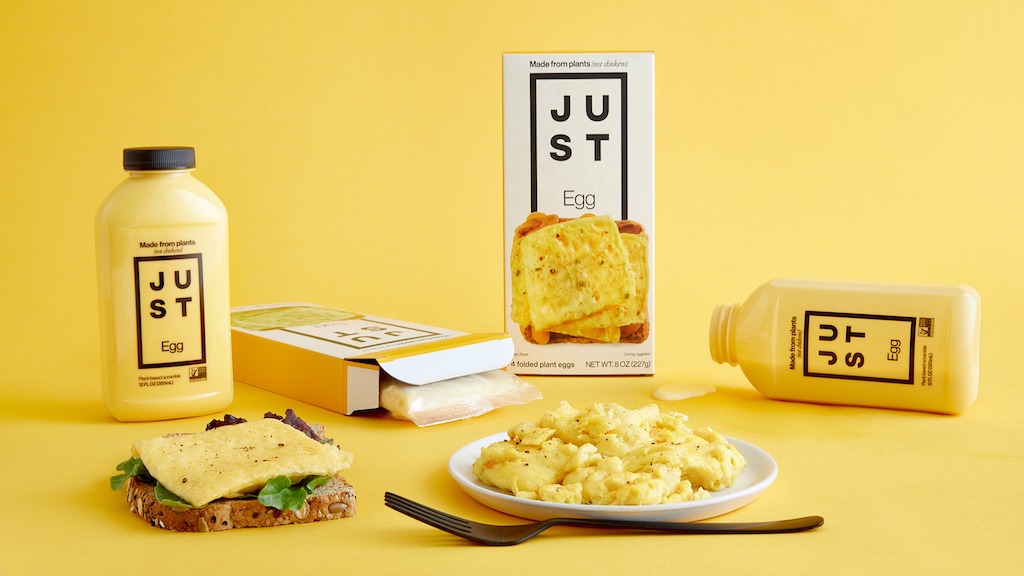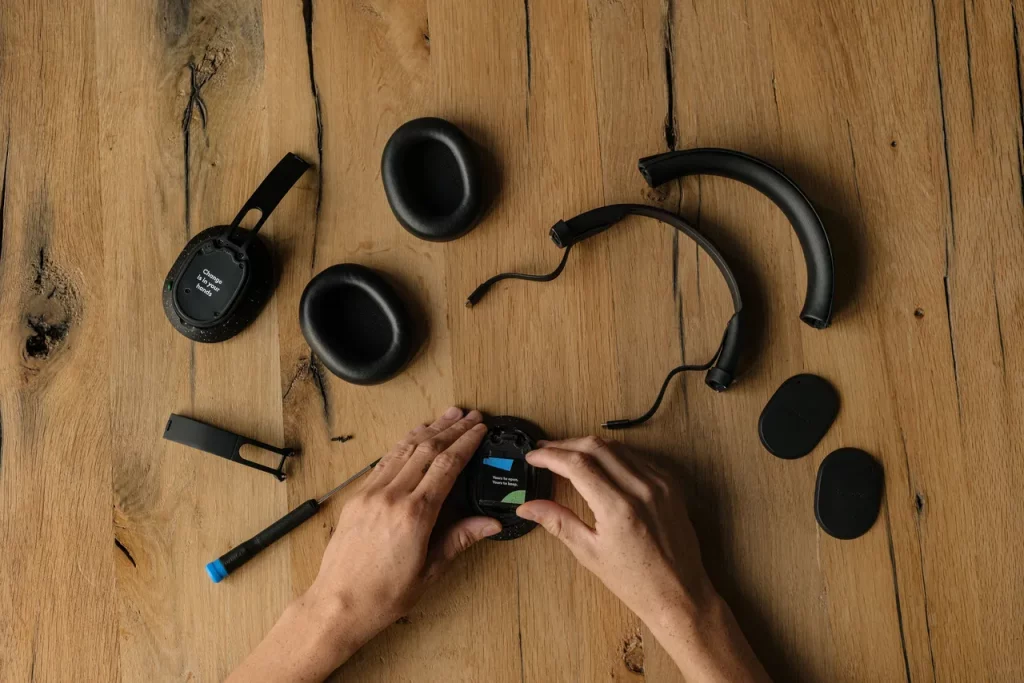Scientists hope that by freezing and storing coral larvae, they will be able to save the Great Barrier reef.
The huge underwater jungle runs for 2,253 kilometers along the coast of northeast Australia. It is one of the great natural wonders of the world. But coral bleaching and invasive species are threatening the unique ecosystem. Now, scientists have made a surprising new discovery in the field of cryogenics.


They were able to freeze coral larvae for the first time. Mary Hagedorn, a senior research scientist at the Smithsonian National Zoo and Conservation Biology Institute, told Reuters from the AIMS lab that this could be used to “rewild” the reef in the future.
“If we can protect coral’s biodiversity, we’ll have tools to help restore the reefs in the future,” she said. “This is a real game-changer for coral reefs in the future.”
How exactly would the practice of freezing coral help preserve the Great Barrier Reef?
Climate change is a very big problem for the Great Barrier Reef. It has been bleached four times in the last seven years, including the first time it has ever happened during a La Nina event, which usually brings cooler weather.

In a report released last month, the UNESCO World Heritage Centre and the International Union for Conservation of Nature said that the reef should be put on a list of World Heritage sites that are in danger.
The most important thing to do to help the reef is to lower temperatures around the world. But scientists are also looking to technology for new ways to protect its unique corals.
Cryogenically frozen coral can be kept and then put back into the wild, but the process right now requires high-tech tools like lasers.
Scientists say that a new lightweight material called “cryomesh” can be made cheaply and keeps coral in better shape. Coral larvae can be stored at -196C (-320.8°F) with the help of mesh technology.
In a December lab test, scientists at the Australian Institute of Marine Sciences used the cryomesh to freeze coral larvae. This was the first time this had ever been done with coral from the Great Barrier Reef (AIMS). The coral was taken from the reef for the experiment, which took place during the short spawning window each year.
The cryomesh has already been tested on both small and large Hawaiian corals. A test with a larger variety didn’t work.
Jonathan Daly of the Taronga Conservation Society Australia said, “With this new technology, we’ll be able to do that on a large enough scale to help with aquaculture and restoration projects.”
Larger types of Great Barrier Reef coral are still being tested. As part of the Reef Restoration and Adaptation Program, scientists from AIMS, the Smithsonian National Zoo and Conservation Biology Institute, the Great Barrier Reef Foundation, and the Taronga Conservation Society in Australia took part in the tests.




